426 Hemi Engine Guide

Meet Austin
Austin has been a muscle car enthusiast since an early age with his Dad having a collection including a 1965 Mustang, 1968 Mercury Cougar, and a 1969 Mustang Mach 1 among many others. Austin received a technical writing degree from University of Colorado Denver with the intentions of becoming an automotive journalist. His automotive knowledge, enthusiasm, and hands on experience allow him to craft detailed, accurate, and high-quality articles for the passionate Muscle Car Club audience.
The 426 Hemi is a legend, plain and simple. The 7.0L elephant engine is arguably the best engine Mopar has ever produced. It was so dominant in the 1964 NASCAR season that the organization banned the use of race-only engines in 1965. In street trim, the 426 Hemi powered some of the most popular muscle cars of the 60s including the legendary Plymouth Barracuda and the highly sought-after Charger. Between 1964 and 1971, the 426 Hemi was the engine to have on the drag strip especially. In this guide, we cover the 426 Hemi engine, some of the most famous applications of the engine, 426 Hemi specs, and some common modifications.
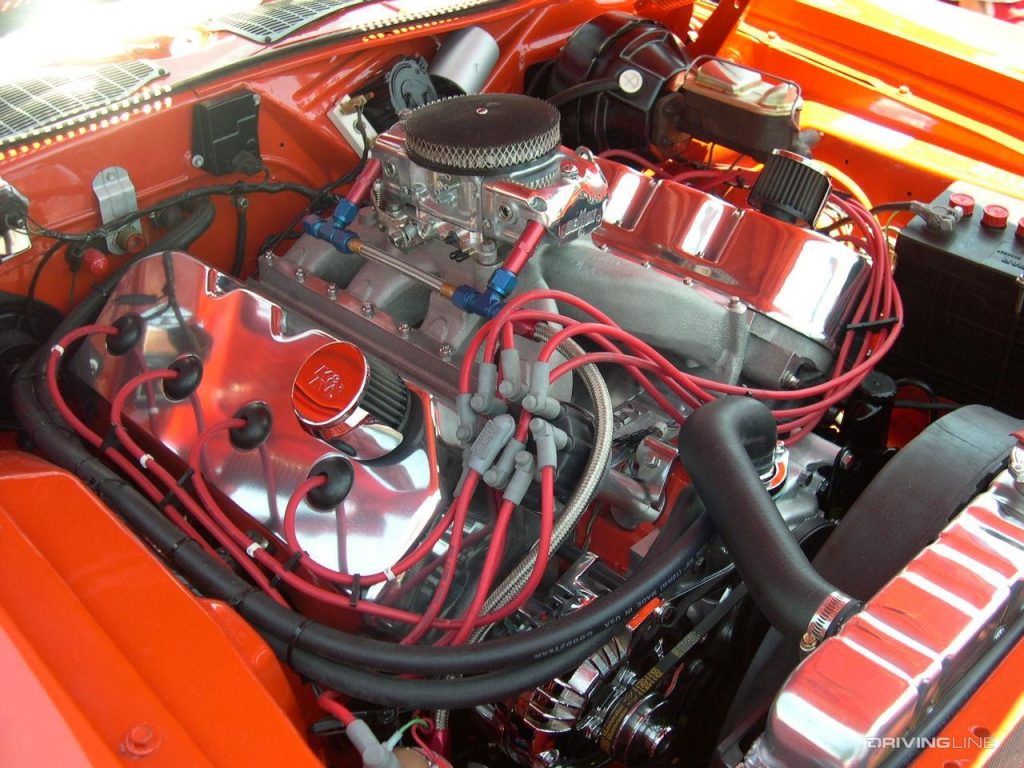
What Cars Use the 426 Hemi V8?
Original 1964-1971 Mopar 426 Hemi engines are in the following years and models:
- 1966-1970 Dodge Coronet
- 1966-1970 Plymouth Belvedere
- 1966-1971 Plymouth Satalite
- 1966-1971 Dodge Charger
- 1967-1971 Plymouth GTX
- 1968 Dodge Dart Super Stock
- 1968 Plymouth Barracuda SS
- 1968-1971 Dodge Super Bee
- 1969-1970 Dodge Charger Daytona
- 1970-1971 Plymouth Barracuda
- 1970 Plymouth Fury GT
- 1967-1971 Plymouth Road Runner
As you can see from the list above, the 426 Hemi big block was a choice engine in some of Mopar’s most prized performance vehicles from the 1960s and early 1970s. Some of the vehicles that use the 7.0L Hemi are the most sought-after cars to this day. For example, a 1971 Hemi Barracuda convertible sold at auction for $3.5 million in 2014. Hemi Charger R/Ts frequently sell in for 6-digits. The 426 Hemi has such a longstanding legacy that it is still a commonly used 7.0L V8 used in modern performance and drag cars.
426 Hemi Engine Specs
Specs for the 1964 -1971 big block 426 Mopar Hemi engine are as follows:
Engine: Mopar 426 7.0L Hemi
Displacement: 426 cid (7.0L)
Block/Heads: Cast Iron / Aluminum
Configuration: Naturally Aspirated V8 w/ OHV Hemispherical combustion chambers
Bore x Stroke: 4.25″ x 3.75″
Compression Ratio: 10.25:1, 12.5:1
Firing Order: 1-8-4-3-6-5-7-2
Engine Weight: ~843 lbs
Max Horsepower: 425 hp @ 5000 rpm
Max Torque: 490 lb-ft @ 4000 rpm
The 426 Hemi engine is also known as the elephant motor for its enormous size and weight. Despite the cylinder heads being made of aluminum, the massive cast iron block is what accounts for most of the 426s insane 842-pound dry weight. The 426 Hemi was Mopar’s second attempt at creating an engine with a hemispherical combustion chamber design, following the success of the first generation FirePower “Hemis” from the 1950s. As the name suggests, the Mopar 426 big block V8 delivers a 426 cid displacement – or 7.0 liters.
Mopar created two versions of the 426 Hemi over its production cycle. It was first released as a race-only engine in 1964, used only in stock cars for competition only. The 426 race Hemi features a higher compression ratio, more aggressive camshaft, cross-ram runner structure, intake and exhaust manifold changes, etc. Despite the differences, the 426 race Hemi and the 426 street Hemi are rated identically in horsepower and torque.
Throughout the 426 Hemi’s 7-year production run, very little was changed in terms of the engine’s design. For that reason, horsepower and torque figures stayed the same. The 426 Hemi was discontinued in 1971 as a result of strict EPA regulations at the beginning of the decade. We covered this topic in-depth in our Buick 455 engine guide if you want to learn more.
Chrysler 7.0L Hemi Engine Construction
The 426 Hemi, and earlier FirePower Hemis for that matter, have an extremely unique engine design that separates them from the rest of the Mopar engine lineup and their competition as well. Chrysler’s initial Hemi design wasn’t even built for a racecar or a streetcar but an airplane. The 1940s design carried over into Mopar production and race vehicles in the 1950s. The 331 cid was the first Hemi to be used in a Chrysler production vehicle.
While the Hemi has been around since the turn of the century, Chrysler played a large part in perfecting the formula. Chrysler engineers had discovered that the combination of hemispherical combustion chambers and opposed-angle valves at a specific degree of positioning resulted in great exhaust cooling properties and increased combustion efficiency.
In comparison to a normal internal combustion engine with a flat-top combustion chamber, the top of a Hemi’s combustion chambers are half-spheres. The advantage of this hemispherical design is a lower internal combustion chamber surface area. By decreasing the surface area inside the 426 Hemi’s combustion chambers, less heat is allowed to dissipate. This increases the 426 Hemi’s overall thermal efficiency and peak pressure.
As the intake and exhaust valves are located 58.5 degrees opposite of one another, the distance between them is increased compared to most other engines. For that reason, the 426 Hemi’s intake and exhaust valves could be made significantly larger. Many other engines, including Mopar’s own wedge engines, feature in-line valves which limit their size. That isn’t the case for the Hemi. The valve design does present some limitations, as it would be impossible to design a Hemi engine that accommodates more than two valves per cylinder.
426 Hemi Engine History
As we have already touched on, the 426 Hemi has a pretty extensive history. That’s from both a racing and streetcar perspective. We’ll go into greater detail about the differences between the 426 race Hemi and the 426 street Hemi in the next section. For now, we’ll talk about how the 426 Hemi came to be and why it has the legacy that it does.
First Gen Hemi / FirePower V8
If we’re going to be talking about the second generation 7.0L Hemi and its history, we first have to touch on the first generation Mopar Hemi and the role that it played in shaping the automotive world. When the 331 cid Hemi was introduced by Mopar in the Chrysler New Yorker and Imperial, it was only rated at 180 horsepower in two-barrel carb form. However, in 1955 Chrysler introduced the C-300 which featured a four-barrel cab 330 ci FirePower V8 which produced 300 horsepower. As a result, the C-300 was the first American production car to breach the 300-horsepower barrier.
Over the course of the 1950s and early 1960s, the 330 ci Chrysler FirePower grew in displacement. First to 354 cid, then to 392 cid. The same displacement increase was also occurring with Dodge and DeSoto’s version of the FirePower V8, but called the Red Ram and FireDome by their respected manufacturer. Chrysler was the only manufacturer to introduce the 392 cid version of the FirePower, which soon became immensely popular in the drag racing community. The FirePower saw some success in competitive racing series as well.
Due to the high cost of production and the complexity of the engines, the first generation FirePower / Hemi was discontinued in 1959.
Second Generation 426 Hemi Racing Roots
The creation of the 426 Hemi originated with a change in NASCAR regulations and the desire for a new President of Chrysler to demolish the competition in the competitive series. As NASCAR bumped the maximum displacement of competition engines to 7.0L, Lynn Townsend, the new President of Chrysler ordered the creation of a new race-only engine for the 1964 season.
In the years prior, Chrysler had developed their new generation of RB wedge engines, which featured a different combustion chamber design than the FirePower V8 that preceded it. The largest RB wedge engine was the 426 max wedge V8 which featured a very strong bottom end. Chrysler engineers created the 426 Hemi by combining the block of the 426 max wedge with the top end of an earlier designed version of a FirePower / Hemi cylinder head. The resulting 426 Hemi engine produced 425 horsepower and 490 lb-ft of torque, making it one of the most, if not the most, competitive engine on the NASCAR grid.
The 426 Hemi, and the Plymouth Belvedere / Dodge Polaras that the 7.0L Hemi was placed in, would go on to dominate the 1964 season, winning the Daytona 500 with a 1-4 finish. The domination would turn the heads of even the NASCAR organizers. The 426 Hemi was so dominant that NASCAR changed the rules for the season to follow. The new rules dictated that manufacturers had to manufacture a street version of their race engines in order to compete. The 426 street Hemi was born out of that requirement.
Birth of the 426 Street Hemi
Arising out of the change in NASCAR rules, the 426 street Hemi was a high-performance engine option offered by Mopar in all of their B-Body models. It didn’t matter which one, Mopar offered the 7.0L Hemi in everything, independent of the price. Despite the 426 Hemi being widely available, Mopar didn’t sell many 426-powered B-bodies at all. The most significant factor in that was the $900 price tag of the Hemi option, making it unobtainable for many.
The street Hemi was factory equipped with an exhaust manifold, whereas the race Hemi had to have its manifolds installed after the engine was placed in the chassis. The combustion chamber also had to be tilted to allow it to fit in the B-body chassis. In total, only 10,904 street Hemis were sold between 1964 and 1971.
426 Race Hemi vs 426 Street Hemi
As we established above, Chrysler created two versions of the 7.0L Hemi for both race and street purposes. The race variant was used exclusively in Mopar’s NASCAR performance vehicles. The 426 race Hemi was used in the 1964 NASCAR season then was shelved until 1966 as they needed to produce the 426 street Hemi before they could compete again. The street Hemi made its way into production vehicles in 1966.
Due to the fact that the 426 Hemi was designed for high-performance racing applications, it wasn’t suited for street use. There were a few issues with simply swapping the race Hemi into a street car. First, the performance cam found in the race Hemi was far too aggressive for street use. The cam lope and idle would make driving a 426 race Hemi-equipped street car a nightmare to drive. The other significant issue was the race Hemi’s extremely high 12.5:1 compression ratio. With such high compression, the race Hemi could only function with race fuel. If you were to run a race Hemi on pump gas, detonation would be an issue.
Street Hemi vs Race Hemi Differences
So, the street Hemi saw a few key changes when compared to the race version. One of the most crucial differences is the compression ratio. The street Hemi has a lower 10.25:1 compression ratio due to forged, lower compression pistons. This allowed the street Hemi to be run on high-octane pump gas.
The 426 street Hemi was equipped with two Carter four-barrel carburetors as opposed to the race Hemi that had a single Holley four-barrel mounted on a cross ram manifold. The 7.0L street Hemi also used short runner exhaust manifolds as opposed to headers to make installation easier.
Like the initial race Hemi design, the street Hemi used cast iron heads as opposed to aluminum ones. Other than the material, the race Hemi and street Hemi heads were almost identical. They featured the same oversized valves and ports. The street Hemi used a much tamer camshaft better suited for frequent street driving. It also used softer valve springs as a result.
Hemi 426 Common Problems
Since the factory 426 Hemi is such a rare engine, there isn’t a ton of information out there regarding common issues with it. That could also boil down to the fact that the 426 Hemi is a notoriously reliable engine. That is generally the same for most Hemi engines. In fact, the only issues that seem to commonly arise with the Hemi 426 revolve around the carburetor or difficulty starting.
One of the most commonly cited problems with the 426-cube V8 at this point in time is idling issues. It seems that the most common cause of fluctuating idle is an issue with the twin four-barrel carbs. Inconsistent idle can be caused by a vacuum leak around the carbs or the vacuum advance. It is important to make sure that the carburetors are seated properly.
Some Hemi 426 owners also commonly face a problem where the engine is difficult to start, especially in cold weather. If your 426-powered Mopar isn’t driven often, it could be caused by modern low-octane fuel drying in the bowls. Most 426 Hemi owners say that the best solution is to simply spray an excess of priming fuel through the carb to get the engine to turn over.
426 Street Hemi Performance Upgrades
As the 426 Hemi is the holy grail of the muscle car engine world, they, unfortunately, don’t get fiddled with very much anymore. With that being said, there are a few go-to modifications that were popular back in the day.
Hemi Headers
Headers would have been the first move if you were trying to get more horsepower out of your 426 Hemi back in the 1960s. That hasn’t changed at all. Not only do long tube headers provide a bit of extra 426 Hemi horsepower, they also change power and torque characteristics. In this test performed by Dodgegarage.com, a 426 Hemi was tested with and without performance headers. With a set of Hooker Performance headers, the 426 gained nearly 30 horsepower. The headers also moved the torque curve down the rev range by almost 1,000 rpm. That can make a significant difference, especially when drag racing.
Hemi Cams
Another option to garner some more horsepower from your 426 Hemi is by swapping in a more aggressive camshaft. One of the most significant differences between the 426 street Hemi and the 426 race Hemi is the camshaft. It is important to remember that when you add a more aggressive camshaft, street drivability decreases. A low idle and cam lope are common with an aggressive cam. With that being said, if your 426 engine is used exclusively for racing, a more aggressive cam is a necessity.
Mopar offers some good upgraded cam options for the 426 Hemi. A Mopar solid lifter cam with a bit more lift and duration will increase horsepower significantly. A Mopar cam like the PN 4529316 with 0.484/0.475 lift, 284/284 degrees of duration is slightly more aggressive than the stock street cam without being undrivable. You’ll also likely need stiffer valve springs to accommodate the cam.
426 Hemi Engine Guide Summary
The 426 Hemi is one of the most important engines in Mopar history. Not only has it powered some of the most famous models in the Mopar catalog, it also played a key role in their racing success in the 1960s. As the first of the second generation Hemi engines, the 426 helped cement the Hemi legacy.
The 426 7.0L Hemi is an engine derived from racing. Initially, the 426 engine was never intended to be used in any production models. If NASCAR didn’t implement a homologation rule for the 1965 season, the 426 street Hemi wouldn’t likely exist. Due to that fact, the street Hemi that was adapted from the race Hemi is nearly identical to the race version. Other than the race Hemi’s higher compression, aggressive cam, and aluminum heads, the street Hemi retains almost all of the race-ready performance as the race version.
Since original 426 Hemi engines are extremely rare, there isn’t a ton of information available about common problems. With that being said, Hemi’s have proven to be extremely reliable over the years. Two of the most common issues for the 426 engine include difficulty starting and carburetor issues. If you are having trouble starting your 426, give try introducing a good amount of priming fluid to the carburetor.
If you liked this article and are interested in learning about the 426 Hemi’s competition, check out this Pontiac 389 Engine Guide. Leave a comment about your favorite experience with the 426 Hemi or one of the cars that it powered.

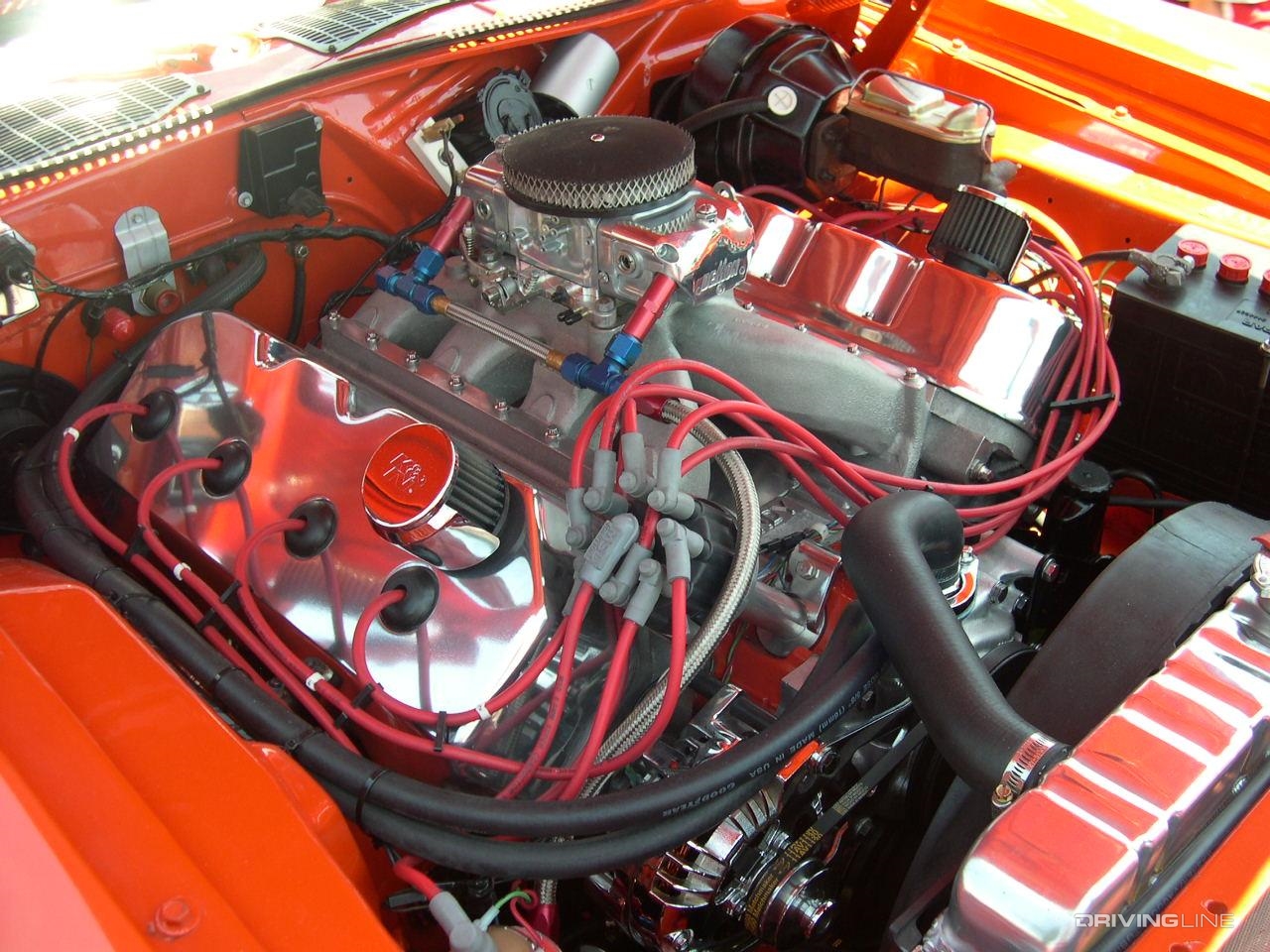
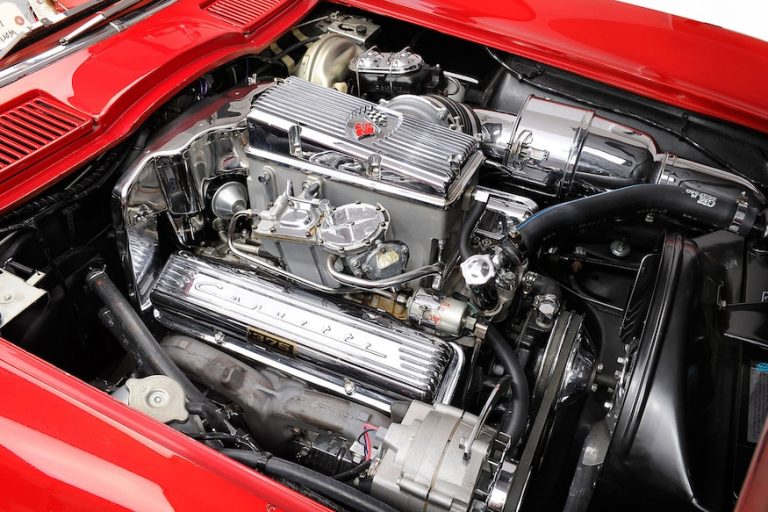
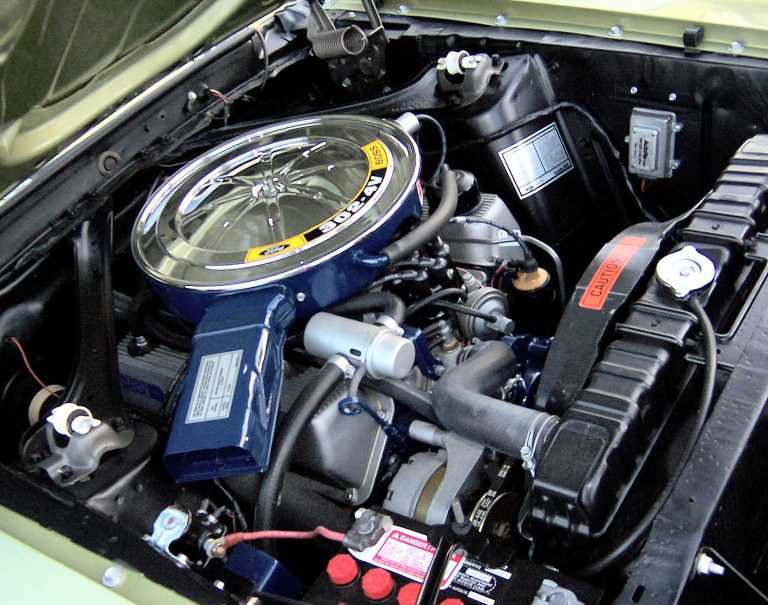
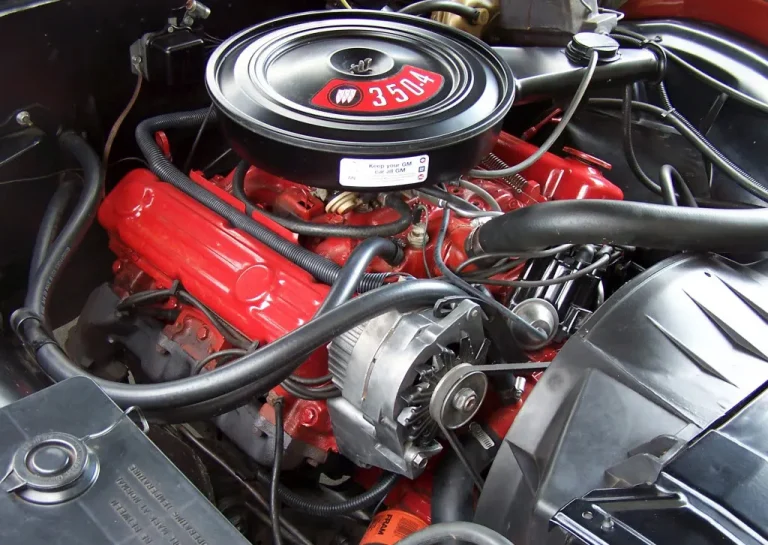
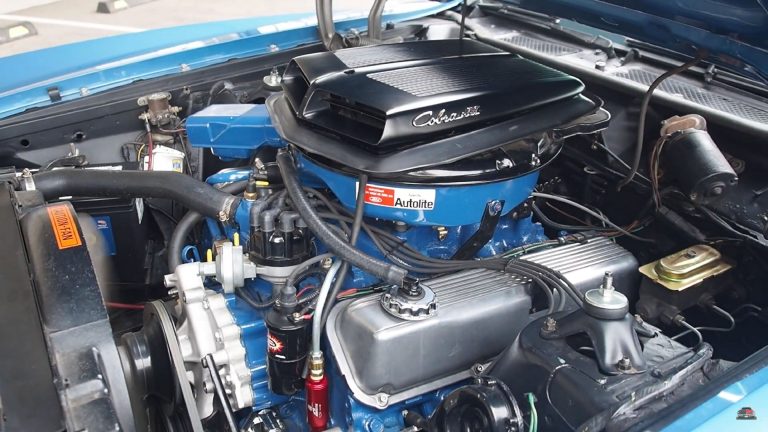
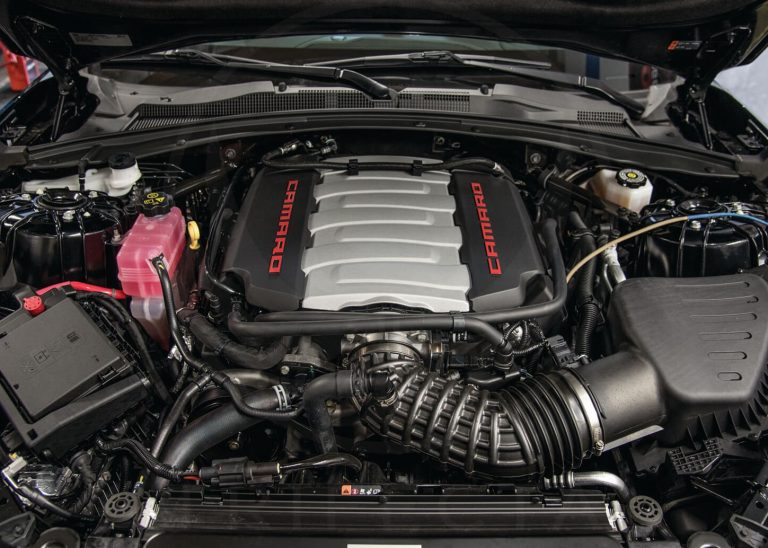
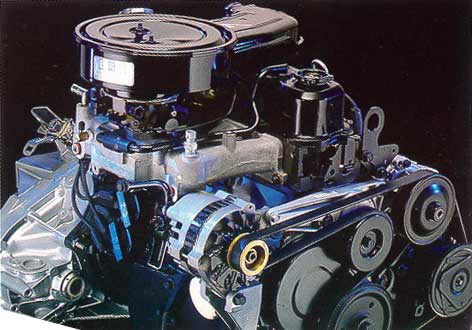
I inherited a 1928T bucket that is powered by a blown injected 426 hemi built in 1966 by my father-in-law Scott, Ellis and Art Whipple. We still run it in Pismo California and enjoy it on the weekends. If you’d like to see it, call me. My name is Durbin Lloren 559-709-5113.